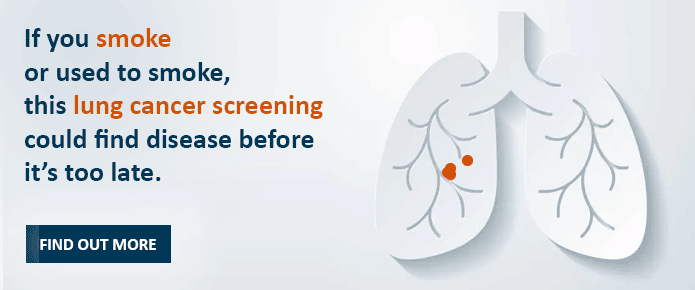Correct and timely newborn screening results depend on collecting samples accurately. Hospitals can ensure high performance by following these guidelines.
- Collect blood for newborn screening at 24-48 hours of age.
- Complete the required patient information on the collection card (filter paper) using ball point pen.
- Ensure that the expiration date of the collection card (filter paper) has not passed.
- Collect blood from the most medial or lateral portion of the plantar surface of the heel; allow blood to soak through to completely fill each of the preprinted circles; do not apply layers of successive blood drops to the same printed circle; inspect both sides of the collection card (filter paper) to be sure blood is soaked through to the back of the card.
- Allow blood specimen to air dry for a minimum of four hours on a horizontally level, nonabsorbent, open surface at an ambient temperature of 18 degrees C to 25 degrees C.
- For transport, the dried blood spots on the collection card should be rotated 180 degrees from the blood spots on the card in the stack immediately above and below.
- The collection card/dried blood specimen should be transported to the laboratory within 24 hours after specimen collection, and the appropriate tracking documentation maintained by the submitter with periodic review of timely delivery assurance.
CCHD Screening Data Tips
When screening for critical congenital heart disease, write the date/time the initial pulse ox screening was performed in the spaces provided on the dried blood spot card.
If pulse ox screen result indicates a "Failed" screen, DO NOT delay sending the dried blood spot specimen to the screening lab to provide CCHD screening data. Indicate whether an echocardiogram was performed. Complete the CCHD status tab in the Genetics Reporting Portal which can be found at https://resultsportal.perkinelmergenetics.com/MS_Genetics_Reporting.aspx.
If pulse ox was not performed, indicate the reason why (i.e. refused, expired, transferred, on O2. Etc.). Indicate whether an echocardiogram was performed. DO NOT delay sending the dried blood spot specimen to the screening lab to provide CCHD screening data. Complete the Update the DBS card tab in the Genetics Reporting Portal which can be found at https://resultsportal.perkinelmergenetics.com/MS_Genetics_Reporting.aspx.
Causes of Invalid Specimens
Possible causes for invalid or unsatisfactory specimens include, but are not limited to:
- Specimen quantity insufficient for testing.
- Specimen appears scratched or abraded.
- Specimen not dry before mailing.
- Specimen appears to be supersaturated.
- Specimen appears diluted, discolored or contaminated.
- Specimen exhibits serum rings.
- Specimen appears clotted or layered.
- No blood.

